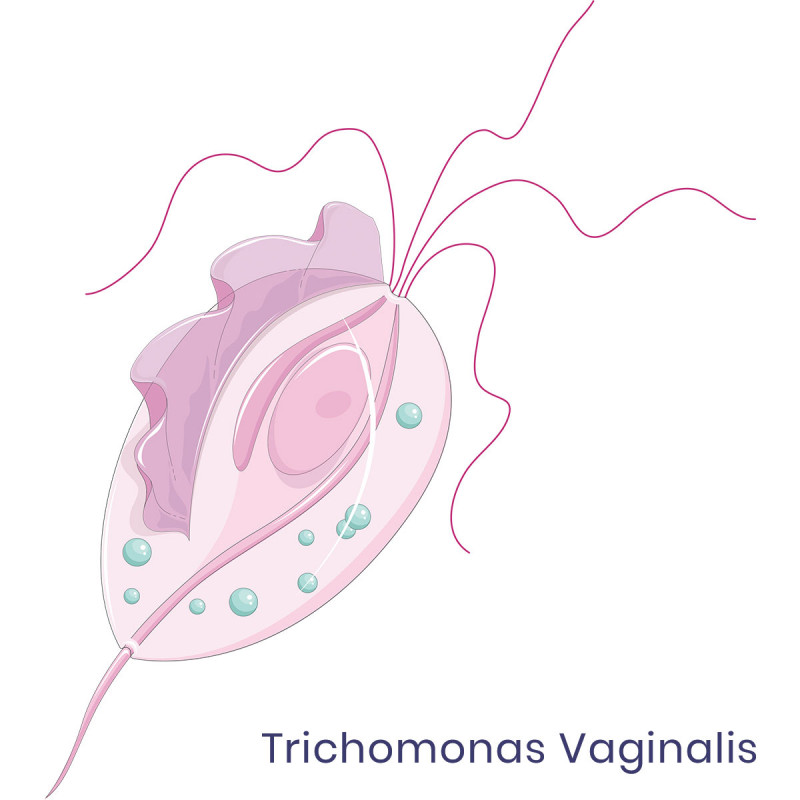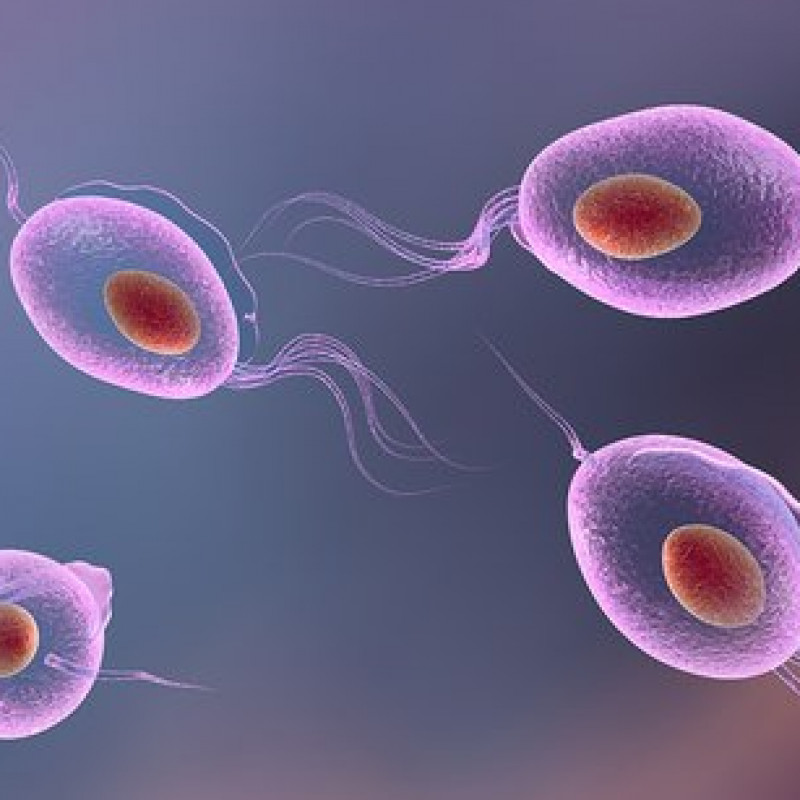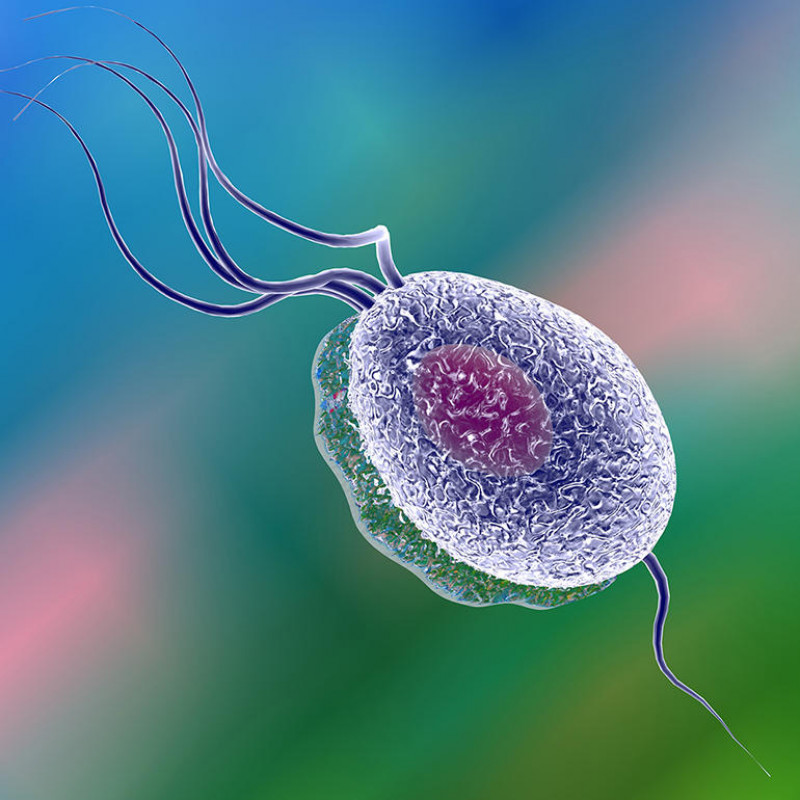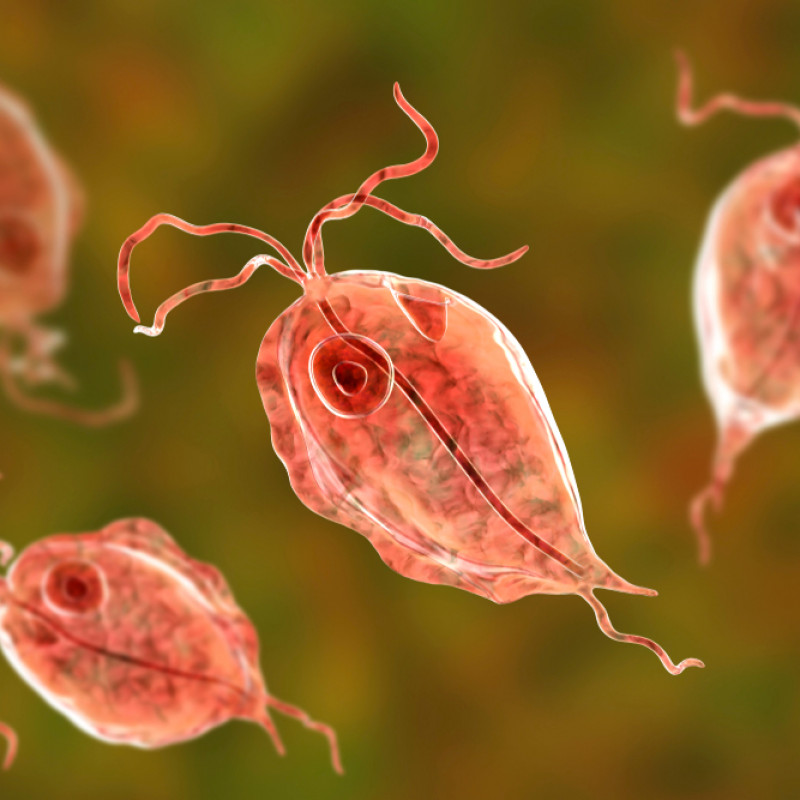



Trichomonas vaginalis is a sexually transmitted infection (STI). It's sometimes called trichomonas, trichomoniasis or TV. Although symptoms of the disease vary, most people who have the parasite cannot tell they are infected. Trichomoniasis is the most common curable STD. The parasite passes from an infected person to an uninfected person during sex. In women, the most infected part of the body is the lower genital tract (vulva, vagina, cervix, or urethra). In men, the most infected body part is the inside of the penis (urethra).
Clinical Manifestations:
About 70% of infected people do not have any signs or symptoms. When trichomoniasis does cause symptoms, they can range from mild irritation to severe inflammation. Some people with symptoms get them within 5 to 28 days after being infected. Others do not develop symptoms until much later.
Symptoms for Men:
Symptoms for Women:
Risk Factors
Complications
Trichomoniasis can increase the risk of getting or spreading other sexually transmitted infections. For example, trichomoniasis can cause genital inflammation that makes it easier to get infected with HIV, or to pass the HIV virus on to a sex partner. If you're infected with trichomoniasis while you're pregnant, the infection may cause your baby to be born prematurely or have a low birthweight.
Important information